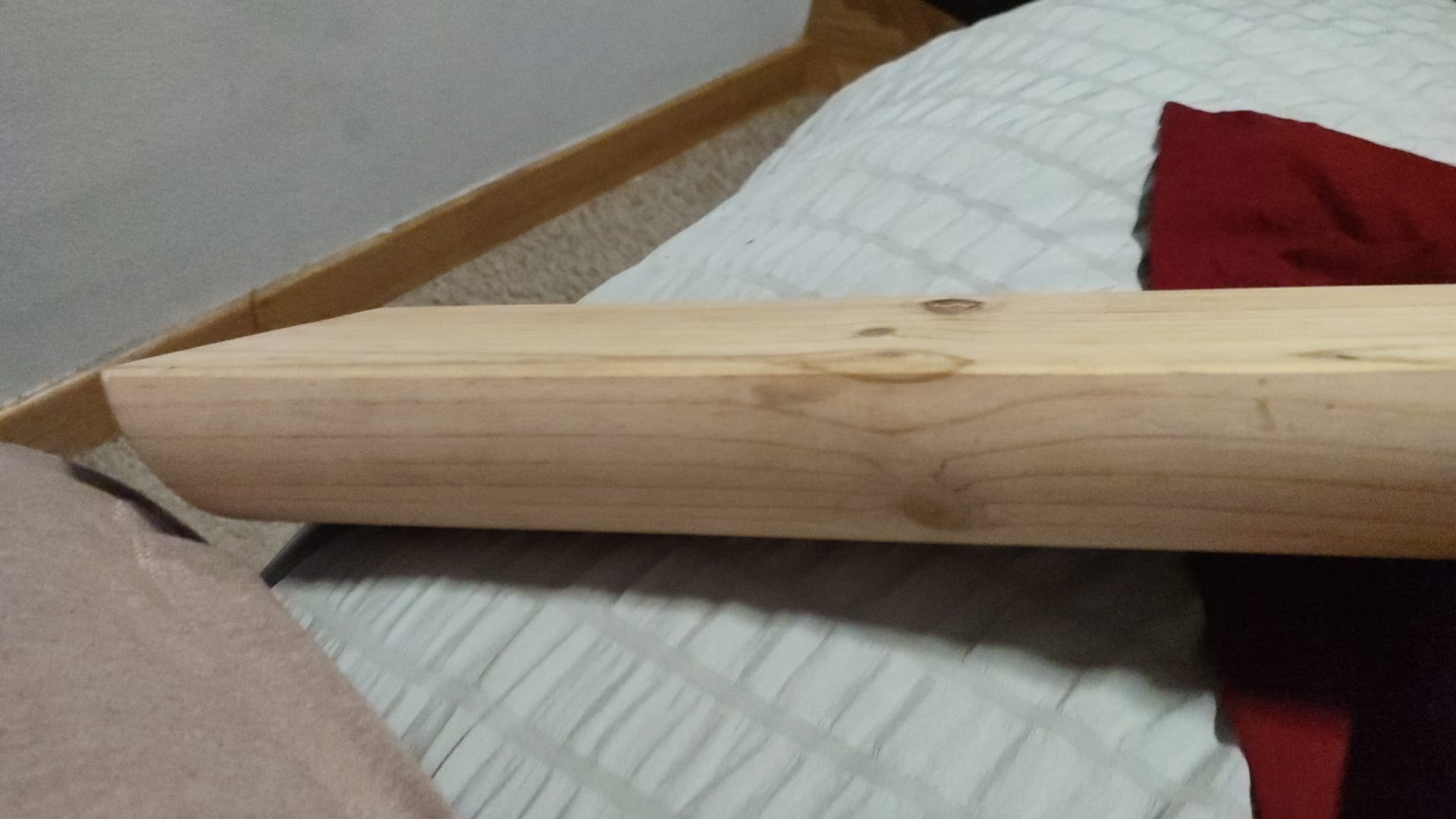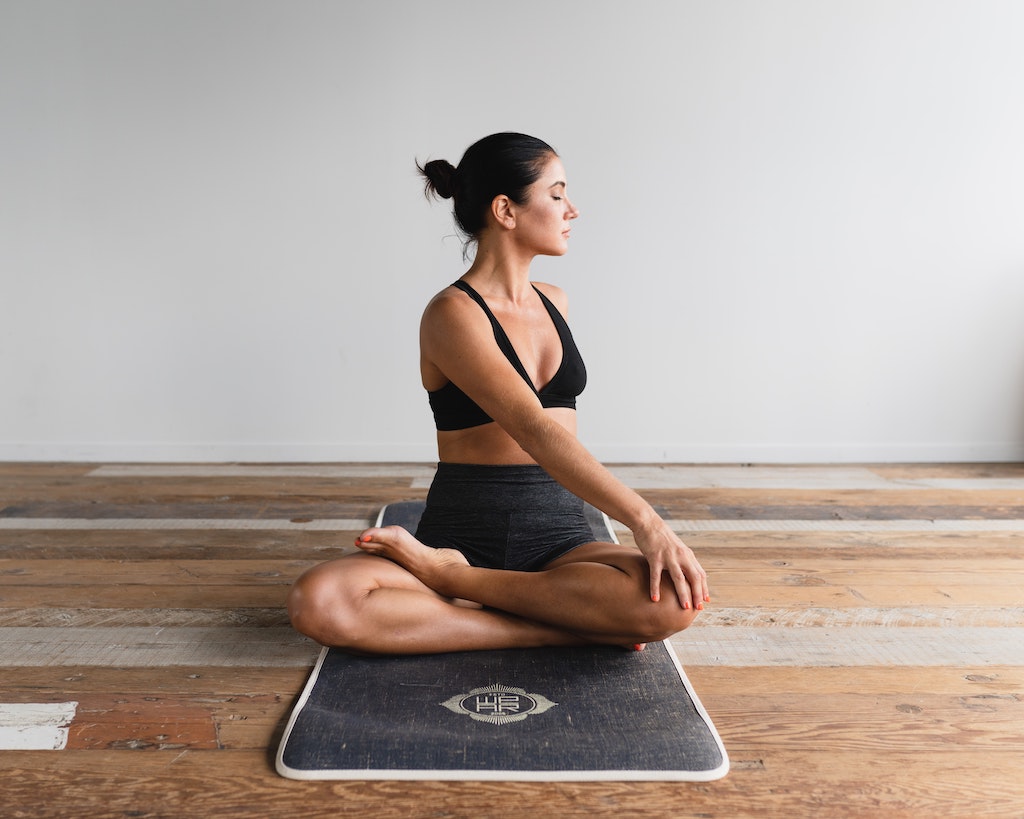Did you know exercise can help with ADHD symptoms? We’re constantly told how important exercise is for our general health and mental wellbeing, but what may surprise you is the extent to which physical activity can help with common ADHD symptoms.
WHAT EXERCISE IS BEST FOR ADHD SYMPTOMS?
A particularly interesting angle is that of cerebellum strengthening. The cerebellum is located at the back of the brain and helps with coordination and balance. And not just physically, but mentally and emotionally, too. Neuroimaging on patients with ADHD has shown differences on the cerebellar region. Whether that is a cause of ADHD is not clear – it’s such a complicated condition after all – but what has been proven is that strengthening the cerebellum through balancing exercises helps ADHD symptoms.
Before embarking on any of these exercise suggestions, please consult with your doctor – and don’t be tempted to come off your medication without talking it over with your medical practitioner. These suggestions are meant as a supplement, and not as a replacement, to your treatment protocol.
BALANCE BOARDS TO IMPROVE ADHD SYMPTOMS
Balancing boards, or Half Moon Log, are a great and fun way of strengthening your cerebellum and improving ADHD symptoms. I personally incorporate balancing on my half moon log into my daily routine, and my kids enjoy it, too. I ask my son to step on the log for a bit before he has to buckle down for a study session.

I’ve found using the Half Moon Log really helps my ADHD symptoms
Whether you go for a balancing board or Half Moon Log, make sure that you start slowly and build up gradually.
- Try standing on your board for 10 minutes a day. You should soon find that a regular practice will improve your concentration levels in the rest of your day.
- Watch TV or listen to an audiobook while standing on your board or Half Moon Log.
- Talk to someone while balancing – either in person or on your phone. It’s surprising difficult to speak and balance simultaneously, so make sure the area you’re balancing on is safe.
- Try doing basic exercises such as squats or push-ups on the board or Half Moon Log – you’ll find it both mentally and physically stimulating.
STRENGTHENING EXERCISES AND ADHD SYMPTOMS
It’s also great to incorporate some strengthening training into your weekly exercise routine. This could mean some weight lifting but also just using the weight of your body in exercises such as push ups and pull ups. Research has shown that resistance training improves cognitive scores and measures of executive function. Again, start small (one of the our ikigai pillars) and build up. Be sure to get expert advice on posture and lifting techniques to avoid injury.
BRAIN TRAINING
Another interesting tactic for improving ADHD symptoms is via coordination workouts. Drawing different things on two separate pieces of paper with both hands is a great way to stretch your brain daily. Dr Hallowell’s book Delivered From Distraction has a range of different exercises you can do to engage and develop the brain to help with ADHD symptoms.

Yoga and meditation have been shown to help with ADHD symptoms.
Along similar lines is meditation. Physical exercise is fantastic for mitigating ADHD symptoms, and exercising stillness and focusing on your breath can be just as challenging and beneficial. Meditation thickens your prefrontal cortex – which is the part of the brain centered on executive functioning like impulse control, planning, and focus. You can certainly benefit from adding mindfulness to your ADHD toolbox. Whether you’re an adult with ADHD or have a child with this diagnosis, or both, consider incorporating more exercise into your daily routine. Don’t hesitate to reach out to me to find out how I can support you or your loved ones get the most out of life with ADHD.